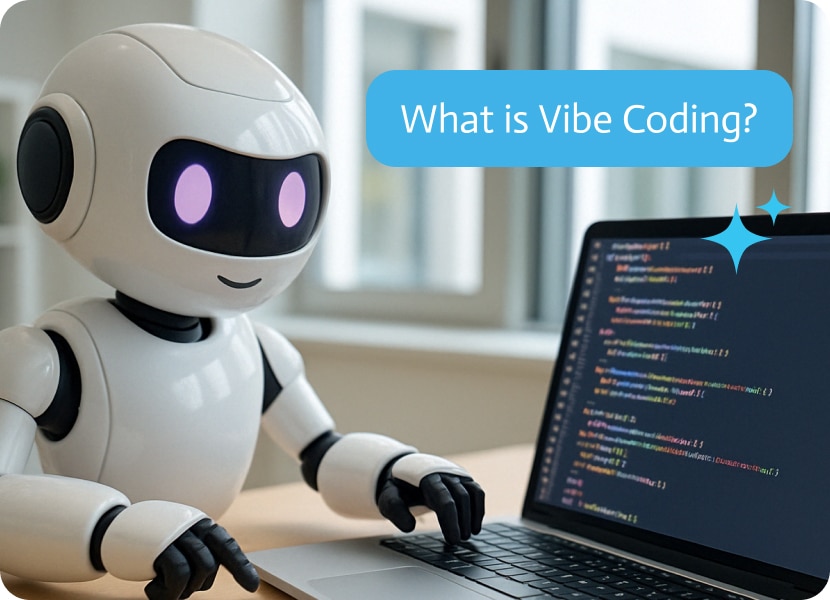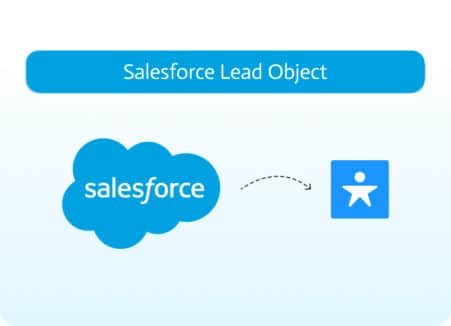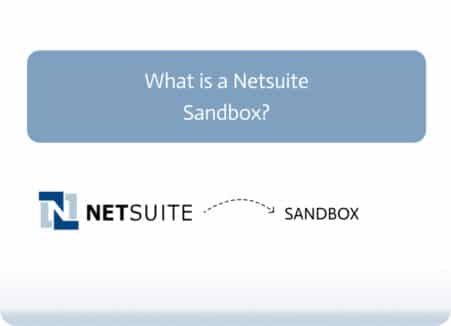

What is Vibe Coding
What Exactly Is Vibe Coding?
From English to code, instantly. It’s practically modern-day magic!

Here’s the vibe, simply type what you want your app to do in natural language and watch the AI spit out functional code. You’ll go from concept to fully operational app or website in a matter of minutes.
If you still don’t get the concept, let me make it even simpler: Just type “Make me a dating app,” and boom, you’ll see lines of code, yes, working code, being written in real-time. Then before your cup of coffee is even cold, you’ll have a deployable app. Think of it like bossing your computer around without having to know its language.
Ok, so the term Vibe Coding sounds like something that was invented in a Burning Man drum circle that some poor techy stumbled into and had an epiphany. But rest assured, this new method of app development is shaking up the digital community. Its gone from Wait, what? to Why have I not been using this my whole life?
It’s Not Just Coding, It’s Vibe Coding
The term Vibe Coding was coined by Andrej Karpathy, and he explained it as “giving into the vibes, embrace exponentials and forget that the code even exists.” He uses an AI assistant and adopts the “accept all” philosophy, assuming the AI assistant will both write and fix the software he’s creating.
Essentially, you describe your app in a regular English sentence, and the LLM leverages the AI agent to begin generating the code that will bring your idea to life.
If it gets it wrong the first time (poor thing), simply give it a helping hand in the right direction, and by hand I mean command. Sometimes you’ll need to rinse and repeat this process if you’re not completely satisfied, but most of the time it seems to get the job done pretty quickly.
You don’t need to pretend you understand how to write code, you just need to know what you want to create and how to go about giving the most descriptive prompts in English. Vibe Coding allows the AI to do all the heavy lifting, freeing you up to act like Steve Jobs and focus on what really matters: aesthetics and black polo necks.

Your First App: Vibe Coding for the Clueless But Curious
Never written a single line of code before? Not a problem at all; Vibe Coding was created for people just like you. As long as you can type in English, you’re good to go.
Your first step is to choose your favorite AI coding co-pilot. They seem to be popping up all over the place these days (similar to Instagram influencers). Keep in mind though, not all AI assistants are created equally, so choose wisely. Some are highly detail-oriented and helpful, while others, not so much.
Next is the fun part, tell your AI buddy what you want to create, something like, “Make me a game like Tetris but with animals.” It will begin spitting out the code in a particular coding language. This will be either JavaScript, Python, HTML, or maybe something else, there are loads of programming languages out there.
At this point, you don’t really need to worry about the finer details, think of it like asking a chef to make lasagna. He just goes about putting it together layer by layer, he doesn’t ask you how to do it. Most platforms you’ll work on employ the one-click-deploy approach, which sounds great, but let’s be honest, how often do things go right on the first try?
So, once your app has been created, think of it as a newborn calf – cute and a blessing to look at, but shaky, full of flaws, and most likely riddled with bugs. But this is where Vibe Coding really shines and shows how prompt engineering is a key factor.
In order to get exactly what you want from your AI genie, you need to be specific, the more detailed, the better the outcome. This is where you’ll be spending most of your time, so sit back and get comfortable. Unless you get really lucky, you’re going to be spending most of your time rewriting or rephrasing your requests until you’ve finally ironed out all the kinks.

Is Vibe Coding the Future or a Shortcut?
There is much speculation within the digital community about whether Vibe Coding is the next big thing or if its just another gimmick with a great PR team behind it.
We would love to say the jury is still out on this one, but in our escapades this far, we have to confirm that Vibe Coding is, in fact, the future of software development. Just the thought of cutting development time down to fractions and doing this by writing something as simple as a grocery list has made us believe in magic again.
Long gone are the days of Stack Overflow long hauls and sacrificing your social life. No more sweating over syntax or playing hide-and-seek with buggy code. Now you’re able to pay attention to the fun stuff, like UI, UX, design features, and, of course, world domination. Vibe Coding will turn even the least tech-savvy student into a world-class app architect.
That doesn’t mean you should just go ahead and burn all your programming 101 textbooks, though. Although it may look like it, Vibe Coding isn’t here to replace skilled devs, it’s here to make your life easier. Try thinking of it like autocorrect but for code, sometimes it’s very helpful, and other times it’s just completely wrong.
The Upsides of Vibe Coding
So, let’s take a look at some of the benefits of using this shiny new toy:
- Speed: You can crank out a prototype faster than it takes to binge a Netflix mini-series. Ideal for startups, freelancers, or anyone who values their sanity.
- No Gatekeeping: Grandma could build a website now. (And honestly? She probably will.)
- Lean & Mean Teams: Small dev teams can build big things. You don’t need a squad of twenty. Just a couple of humans and a robot that doesn’t sleep.
- Focus Shift: Developers can stop worrying about whether they missed a semicolon and start focusing on product design, user experience, and actual innovation.
- Learning on the Job: If you do want to become a real coder, Vibe Coding gently nudges you along. You’ll start picking up what those weird curly brackets mean in no time.
So, What’s the Catch?
Great question! We don’t think there is any flawless tool, apart from a Swiss army knife, of course.
These are a few possible setbacks that you’re bound to encounter, just a heads up.
- Debugging
If something breaks, of which there’s a very good chance, you’ll basically start playing the guessing game with your robot buddy. Not fun.
- Knowledge:
You’re bound to encounter a situation where the assistant’s code starts to look like a mess. You’ll either need a keen-eyed dev or just start the trial-and-error process.
- Prompt Engineering:
If your instructions are slightly off or vague, the output might be wacky. Think, “I asked for a login screen and got a payment application.
- Security :
With speed comes overlooking protocols, and we’re not talking harmless glitches. We’re talking backdoors that hackers dream about.
- Complexity:
Once you begin trying to build more complex apps, like those required for a fintech or healthcare, you’ll notice how it can struggle with high-level logic.
- Integration:
Real-world software needs to communicate with many other programs. Vibe Coding’s still figuring this out.
So, as you’ve probably gathered by now. It’s not all sunshine and rainbows, but rather mostly sunshine with occasional thunderstorms.
The Cool Kids on the Vibe Coding Block
If you’re looking to try out Vibe Coding yourself, here are a few to start with:
- Noca: It’s your all-in-one tool that does everything, including the stuff you didn’t even know you needed. Works great with enterprise apps and integrating software.
- Lovable: Surprisingly powerful. Perfect for anyone who wants to build full-stack apps without really knowing what they are.
- Cursor: A slick code editor that feels like VS Code, great for more serious devs who still need a bit of guidance.
- Bolt: The browser-based baby. Good for quick builds and casual use, like weekend projects or teaching your cousin how to make a to-do list app.
They all work a bit differently; however, they all speak human and get code.
Final Thoughts
Vibe Coding is the new exciting addition to your digital family, think of it as adopting a new puppy that also knows calculus. We highly doubt that it’s going to replace coders anytime soon, but it’s definitely going to give them extra computing power. There’s certainly no substitute for knowledge and experience if you want to build anything worth launching, but now you’ve got a shortcut that doesn’t feel like cheating.
Our best advice is to start that silly app idea, say, building a Tinder for plants. The trick is to build something and break it, over and over again, because that’s called learning.
If you look at the bigger picture, coding has never been about instant perfection. It’s always been about curiosity and learning as much as you can along the way. Either way, it’s like having a whole team of software developers behind you every step of the way.



